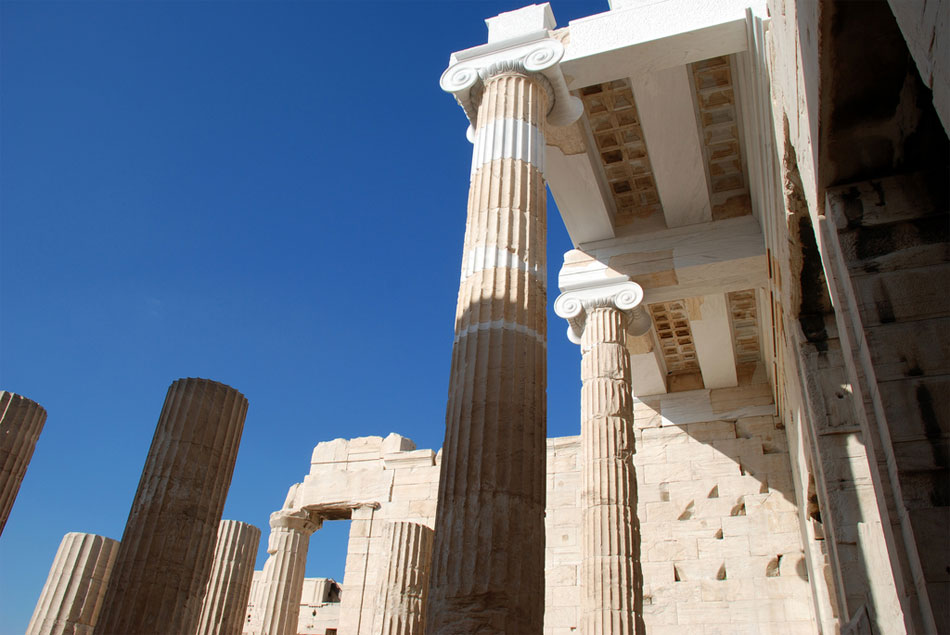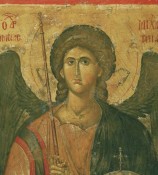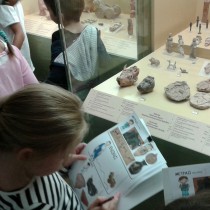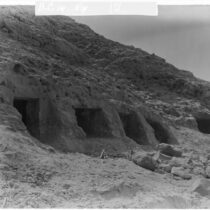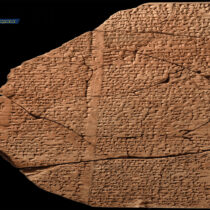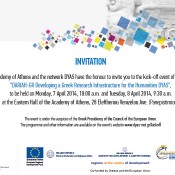The Research Centre for Byzantine and Post-Byzantine Art of the Academy of Athens is organizing the Annual Lecture in Memory of its Founder Academician Manolis Chatzidakis (1909-1998), eminent Byzantinist, General Director of Antiquities, Director of the Byzantine and Christian Museum and the Benaki Museum, on Tuesday, 4th March 2014, at 7:00 p.m., at the Academy of Athens, 28, Panepistimiou/Eleutheriou Venizelou Bd and Sina Str, Athens. The invited speaker is the architect Dr. Tassos Tanoulas, former in charge of the Restoration Project of the Propylaea of the Athenian Acropolis (Europa Nostra 2013), who will present the lecture: “The graffiti on the Propylaia of the Acropolis at Athens”.
On the surfaces of walls and columns of the Propylaia, a considerable number of graffiti survives, dating from Antiquity to the modern era. Thirty six of those have been published at times by different scholars. From 1979 to date, in the frame of the study of the structural history of the Propylaia from Late Antiquity to the capture of the Acropolis by the Turks in 1458, the whole of the surviving inscriptions have been documented. The original purpose was the correlation of the graffiti with the later structural phases of the monument.
At the same time, Anna Avramea identified, in the Konstantinos Konstantopoulos papers at the Numismatic Museum, readings of graffiti, some of which were unpublished, and some of which cannot be seen on the monument today. The collaboration of the two scholars and the plans for a future publication were announced at the ninth symposium of the Christian Archaeological Society in 1989. The complete study and publication of the graffiti was being postponed over a long period of time, the end of which is marked by Anna Avramea’s premature death. Nevertheless, the study of the later structural history of the Propylaia has been completed and published a long time ago, and the discovery of more of the graffiti on the surfaces of the Propylaia has increased the number of the unpublished inscriptions to more than eighty. The happy consequence of all this is that, the whole of the material is inscribed in a frame with concrete coordinates in terms of space and time, into which the historical, philological, paleographical and anthropological information provided by these humble traces of humans on an illustrious monument of western civilization can be organized.
